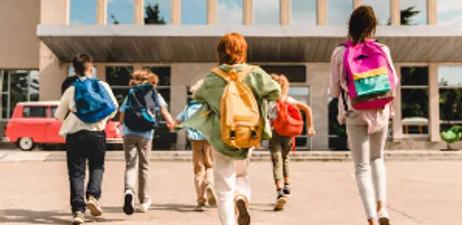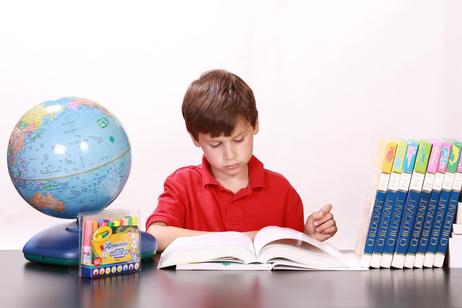Countdown to School Start: How to Pick the Right Public School for Next Semester
Choosing the right public school for next semester can feel overwhelming, especially as the countdown to the first day approaches. Admissions windows vary, district lines shift, and magnet, charter, and neighborhood public school programs often follow different rules. Parents and students must make informed decisions quickly and confidently. As enrollment season accelerates for 2025, the process requires both careful planning and clear benchmarks.
This guide provides a structured, practical approach to evaluating and selecting the public school that best fits your child’s academic needs, interests, and learning environment. It incorporates updated recommendations for the 2025 school year and includes authoritative links for deeper research through Public School Review.
Understanding Your Public School Options
Families today face a much broader landscape of public school choices than existed a decade ago. This includes traditional neighborhood schools, charter schools, magnet programs, online academies, and specialized academies inside district systems.
Types of Public Schools to Consider
Neighborhood public schools, typically assigned by residential address.
Magnet schools, which offer specialized concentrations in STEM, arts, or language immersion.
Charter schools, independently managed schools within the public school system.
Career and technical academies, designed for students exploring vocational pathways.
Virtual public schools, which expanded rapidly in






















